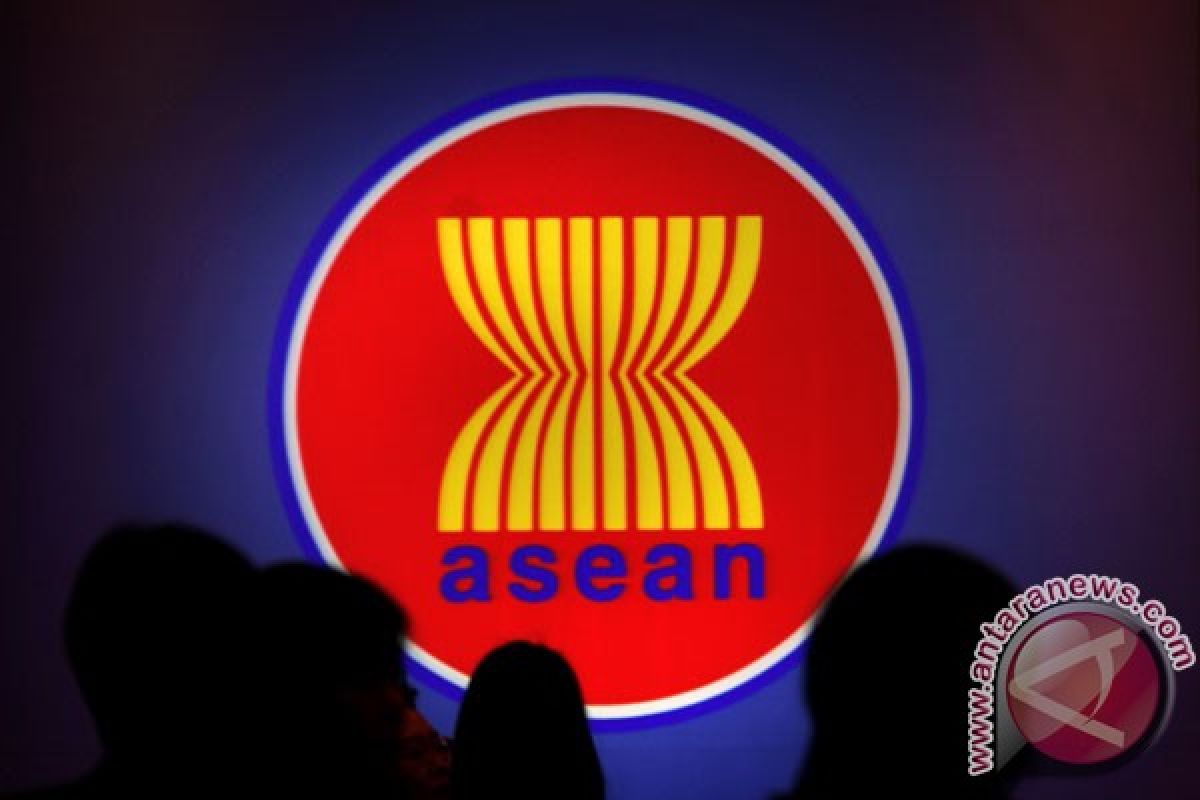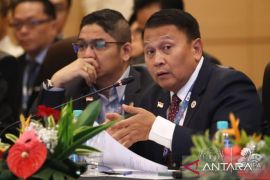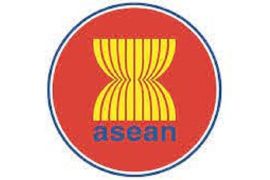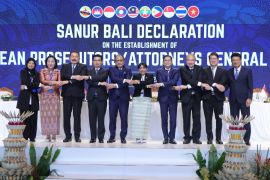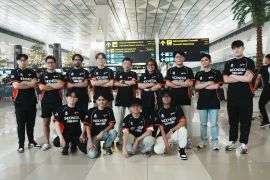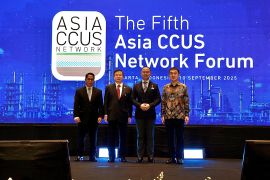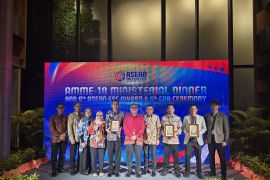"Travel and tourism is not only a critical driver of economic development."Bangkok (ANTARA News) - Singapore, Malaysia and Thailand lead the ASEAN countries in the travel and tourism (T&T) sector, according to the ASEAN Travel and Tourism Competitiveness Report 2012 released here on Wednesday.
The report was released during the Travel, Trade and Tourism Summit held in Bangkok on Wednesday, prior to the World Economic Forum on East Asia 2012 event, which will be held on Thursday (May 31).
The report analyses the relative strengths of the T&T sector in ASEAN countries and offers recommendations on how to further enhance the sector`s potential in the region.
The analysis is based on the World Economic Forum`s Travel and Tourism Competitiveness Index (TTCI), which ranks 139 economies according to their performance in the areas that attract investment in the T&T sector.
ASEAN member countries span the entire range of ranking. Singapore - the nation with the highest rank in the bloc - ranks 10th among the 139 countries, followed by Malaysia (35th) and Thailand (41st), which do well despite some weaknesses.
A third group, consisting of Brunei Darussalam (67th), Indonesia (74th) and Vietnam (80th), demonstrates that some countries have clear strengths, counterbalanced by weaknesses. Finally, both the Philippines (94th) and Cambodia (109th) show shortcomings in most dimensions.
The report stresses the critical role of the T&T sector in accelerating the establishment of the ASEAN community. It reviews the efforts and initiatives undertaken by ASEAN member countries to collectively develop the sector.
"Travel and tourism is not only a critical driver of economic development and social progress, but also represents a formidable factor of regional integration," said B. Brende, the managing director of the World Economic Forum.
By improving connectivity and mobility, T&T contributes to creating a regional identity and a sense of "ASEANness" among citizens, he added.
The rankings are based on data covering 14 areas, namely, policy rules and regulations, environmental sustainability, safety and security, health and hygiene, prioritization of T&T, air transport infrastructure, ground transport infrastructure, tourism infrastructure, information and communication technology (ICT) infrastructure, price competitiveness in the T&T industry, human resources, affinity for T&T, natural resources and cultural resources.
"What is good for the travel and tourism sector is good for the economy and vice-versa," explained Thierry Geiger, Economist, World Economic Forum, and lead author of the study.
"Beyond cultural and natural heritage, the underlying drivers of T&T development are often the same as those of other sectors. Think of quality infrastructure, the ease of setting up a business, the absence of crime, or the availability of a healthy workforce," he remarked.
The analysis provides some insight into the profound differences among countries in terms of tourism outcomes. Singapore draws 20 times more tourists per capita and 30 times more receipts per capita than the ASEAN average. Malaysia is one of the world`s top 10 destinations, with about 25 million visitors per year, while the Philippines - despite being much larger - attracts one-sixth of this number.
The report highlights the enormous potential for developing the T&T sector in ASEAN. The region is rich in natural and cultural heritage, and has a long tradition of tourism. It is also strategically located in the heart of Asia.
The extraordinary diversity of ASEAN countries further enhances the region`s attractiveness. In addition, the ASEAN region is an affordable destination by international standards.
However, most countries have only partially tapped this potential, due to a number of weaknesses. These include inadequate infrastructure, poor public health and weak environmental stewardship.
Conservation efforts must protect the region`s extraordinary natural heritage, which is central to its T&T competitiveness. In addition, the analysis highlights the significant benefits of T&T for the economy and society at large.
(Tz.A051/INE/KR-BSR/B003)
Editor: Priyambodo RH
Copyright © ANTARA 2012
